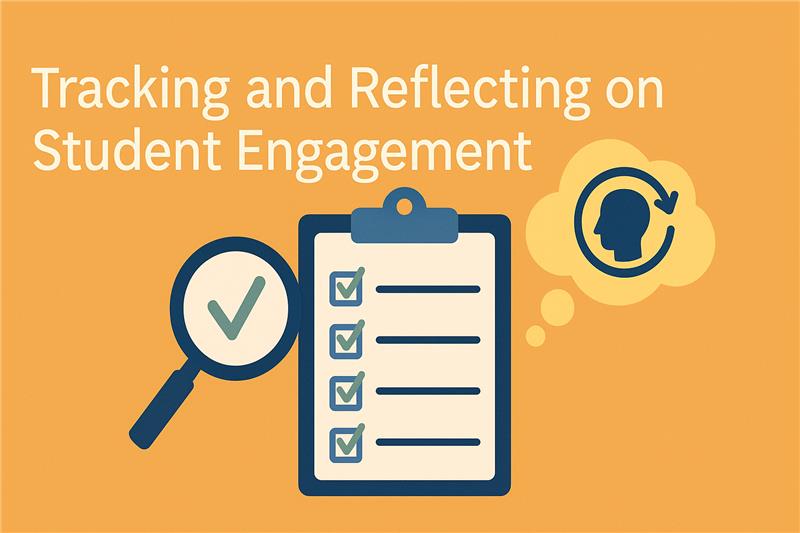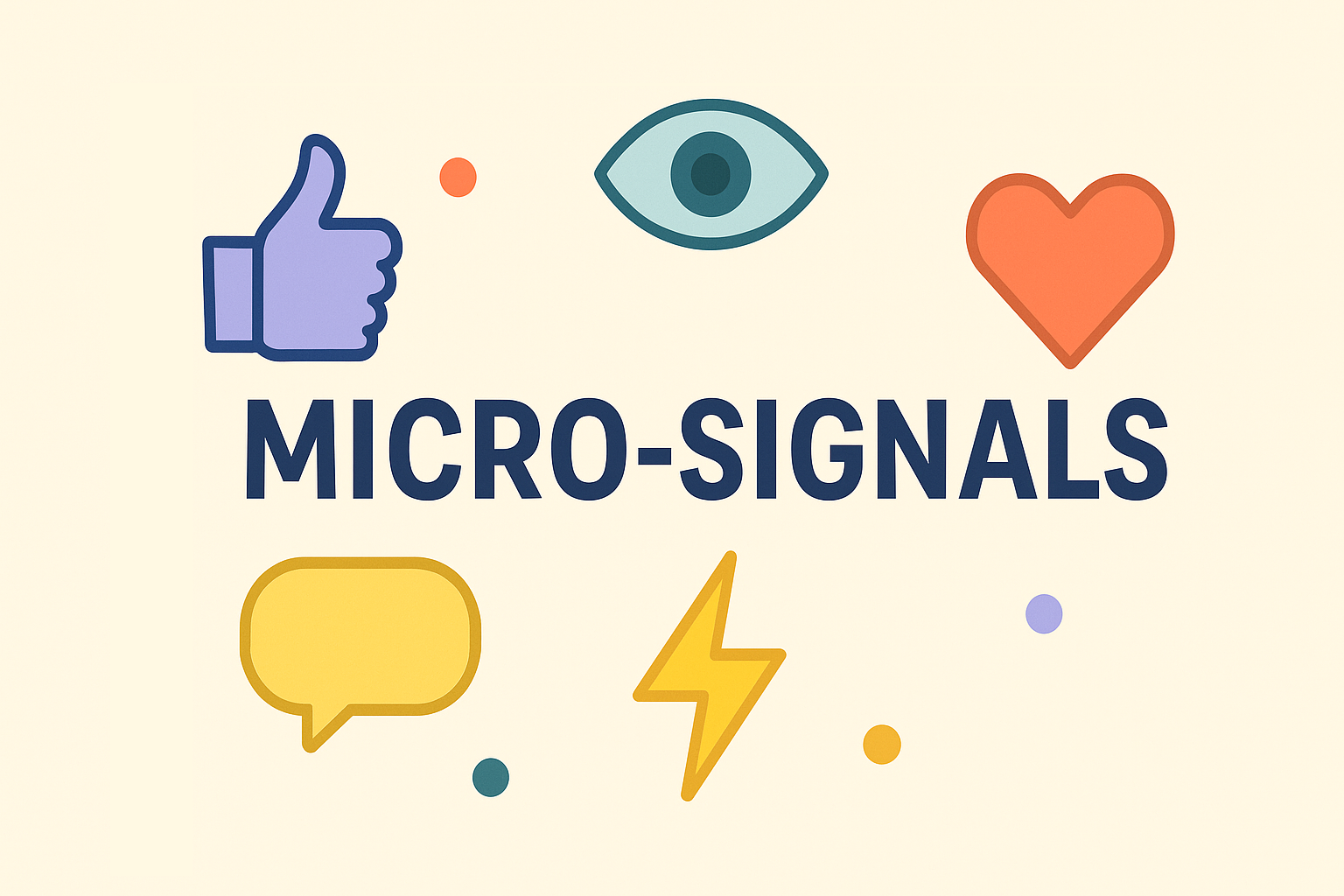
The final step in designing for active learning is not simply to deliver lessons with nudges built in. It is to observe how those nudges actually function and to reflect on their effectiveness. Engagement is dynamic: what works well in one session may not resonate in another. Educators need simple, sustainable ways to track student participation and to self-reflect on their teaching habits.
This unit introduces practical approaches for monitoring engagement without turning the classroom into a data-collection exercise. It also highlights the importance of self-nudging as reflective practice, so that teachers continuously adapt and grow.
Tracking engagement is not about surveillance or compliance. It is about closing the feedback loop between intention and impact. Educators design nudges to invite participation, but unless they monitor how students respond, it is impossible to know whether the design is effective.
Benefits of tracking engagement include:
When used ethically, tracking is a form of care. It signals to students: Your presence and contributions matter.
Engagement is not only visible through speaking. In digital environments, learners often contribute in smaller ways that still reflect attention and presence.

By broadening what counts as participation, educators can notice a wider range of engagement, especially from quieter learners.
Educators do not need advanced analytics to gain insight. Consider these low-effort approaches:
These methods provide enough data to inform practice without overwhelming the educator.
Collecting engagement data is only useful if paired with reflection. Self-nudging turns reflection into a habit. For example:
By making reflection routine, educators avoid repeating the same design mistakes and gradually improve their interactive teaching.
| Pitfall | Why It Happens | Better Approach |
| Collecting too much data | Overemphasis on analytics leads to overload | Focus on 2–3 key signals (e.g., polls, chat) |
| Confusing silence with absence | Students may be attentive but quiet | Recognize emoji use, short chat posts, or poll clicks as valid engagement |
| Ignoring self-reflection | Teachers rely only on student signals | Use a 5-minute log to combine student data with teacher observations |
| Using tracking punitively | Data is seen as compliance monitoring | Frame tracking as supportive and share trends, not individual results |
Ethical tracking ensures that engagement data is used to support learning, not to penalize. Educators should:
When students understand that tracking is in service of their learning experience, trust grows, and participation increases.
Imagine a 45-minute seminar with three nudges built in: a poll at the start, a breakout group mid-way, and a reflection Padlet at the end. After class, the educator reviews participation:
From these signals, the educator sees that the breakout was less effective. They decide to adjust by giving clearer instructions and assigning roles in the next session. This reflective loop transforms one-off observation into ongoing improvement.
Watch the following video for some quick tips to measure student engagement in an online environment.
Use the following template at the end of each digital class:
|
| ||||
|
| ||||
|
| ||||
|
| ||||
|
|
This log takes less than five minutes but builds a habit of intentional improvement.
In this unit, you explored how to track engagement through micro-signals, simple tally methods, and reflective practices. You also learned how self-nudging habits can make reflection routine and sustainable. Importantly, you considered ethical dimensions, ensuring that engagement data supports learning rather than surveillance.
In this unit, you explored how to track engagement through micro-signals, simple tally methods, and reflective practices. You also learned how self-nudging habits can make reflection routine and sustainable. Importantly, you considered ethical dimensions, ensuring that engagement data supports learning rather than surveillance.
This concludes the four units of Module 3. You now have a complete pathway:
You have now explored the full cycle of nudging for digital engagement: understanding disengagement, applying strategies, designing for interaction, and reflecting on outcomes. The next step is to apply these principles in practice through small-scale, low-risk experiments.
The activities that follow are designed to help you translate concepts into action. Each activity asks you to embed nudges into your teaching in manageable ways, reflect on the results, and refine your approach.
The final activities will give you a chance to apply these insights, test them in your teaching, and reflect on how nudging can transform both student engagement and your own teaching habits.
Purpose
To apply the principles of nudging and interaction design to a real lesson plan by embedding micro-interactions at regular intervals.
Instructions
Reflection
Afterward, complete a self-reflection log:
Expected Outcome
By completing this activity, you will experience firsthand how small nudges shift the tone of a lesson from passive delivery to participatory engagement.
Next Steps Before Activity 2
Designing micro-interactive lessons is an important step. However, nudges can also be playful and motivational, not just functional. The next activity explores how gamification can serve as a light-touch strategy to boost participation and energy without distracting from content.
Purpose
To test how playful, gamified nudges can increase motivation and visible participation in digital sessions.
Instructions
Reflection
Expected Outcome
This activity helps you experiment with gamification as a gentle, ethical nudge for engagement. You will also learn to distinguish between playful motivation and unnecessary complexity.
With these activities, you complete the cycle of Nudging 360° Module 3. You have explored theory, strategies, lesson design, reflection, and now practice. By embedding nudges into your teaching, you are not only encouraging students to engage, you are also nudging yourself toward new teaching habits that make digital learning more participatory, inclusive, and effective.
Remember: nudging is not about making big changes. It is about making small, intentional adjustments that make the better choice, the active choice, the easier one.